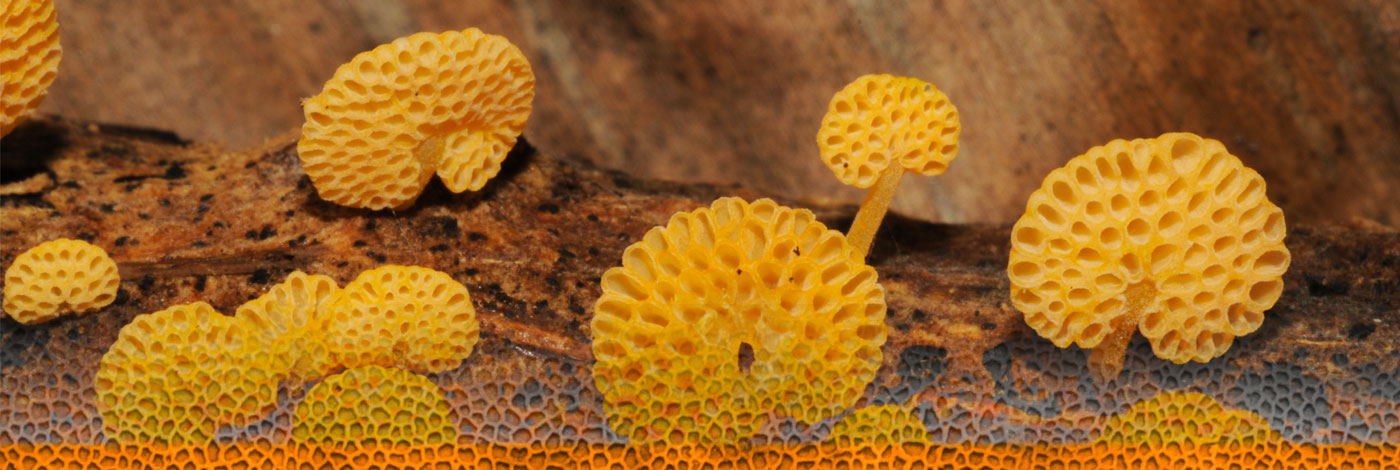

 Cryptogamie, Mycologie
35 (4) - Pages 339-357
Cryptogamie, Mycologie
35 (4) - Pages 339-357Vamsapriya comprises two species from bamboo and is characterized by erect, rigid, dark brown, synnematous conidiophores, monotretic conidiogenous cells and brown to dark brown, septate, conidia in chains. Vamsapriya indica, the generic type of Vamsapriya, was recollected and isolated from bamboo culms in Chiang Rai Province, Thailand and is described, illustrated and epitypified in this paper. Two new species in the genus were also discovered and are introduced as V. khunkonensis and V. bambusicola. The new species differs from the type and the other known species, V. mahabaleshwarensis, in the shape and size of the conidia. Maximum-parsimony (MP) analysis of combined LSU, SSU and RPB2 sequence data and Bayesian analysis based on multi-gene data set of beta-tubulin, ITS, LSU, and RPB2 show Vamsapriya belongs in Xylariaceae, Xylariales.